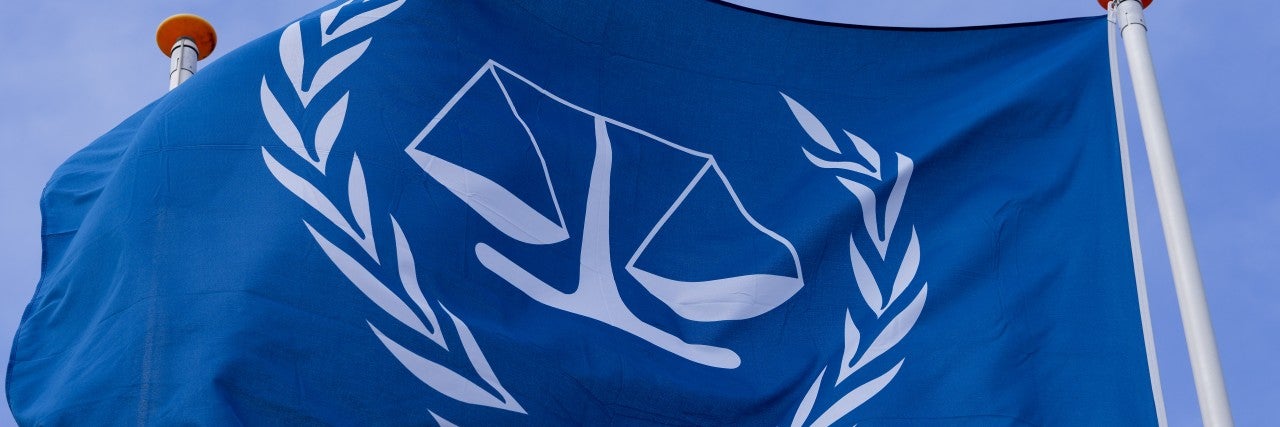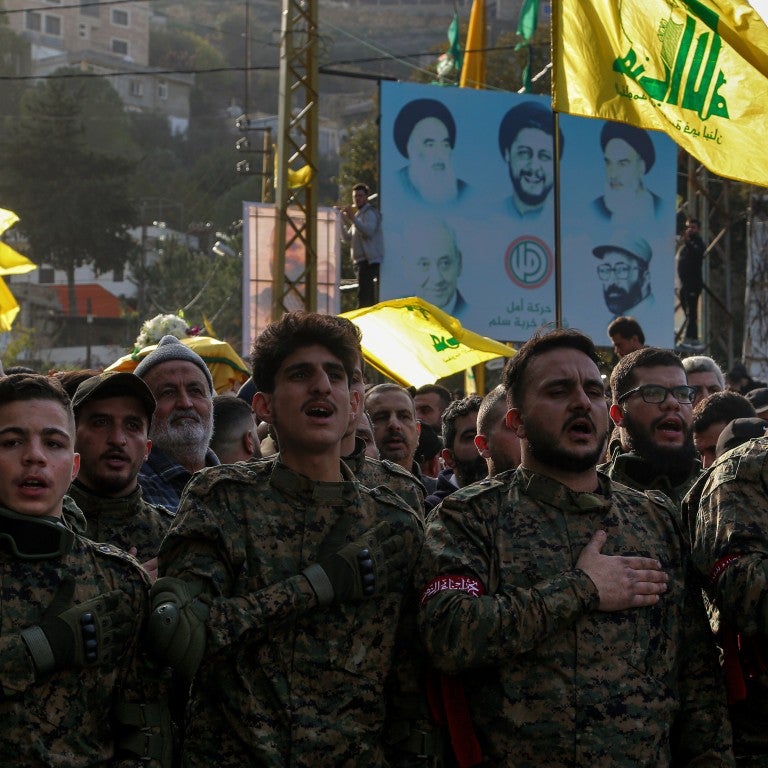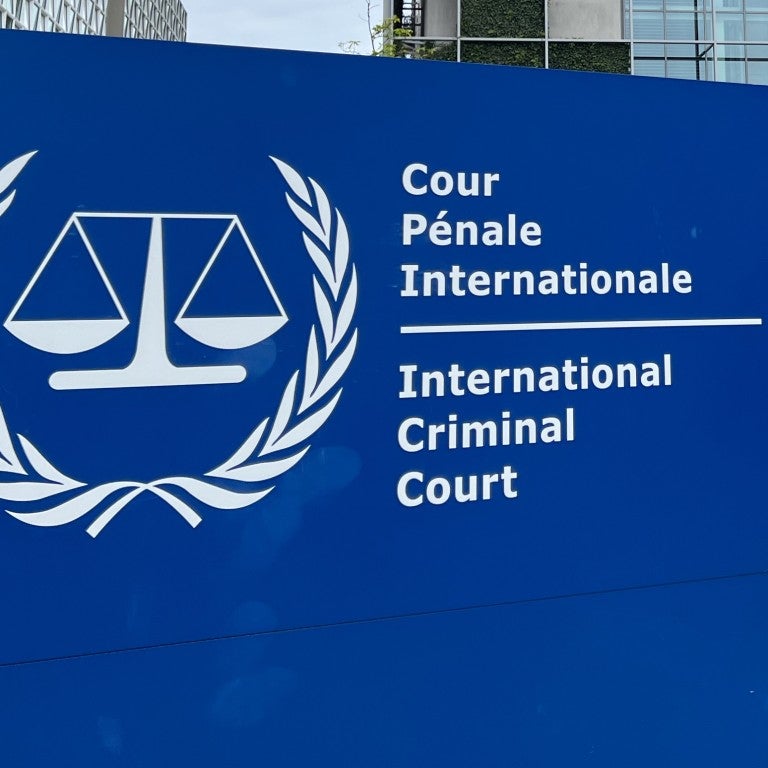October 18, 2023
After Hamas fired rockets and invaded southern Israel, killing some 1,400 hundred people and abducting more than 200, Israel’s response has been under intense scrutiny. Some commenters have deliberately spread falsehoods about Israel’s actions and intentions, and others have criticized them in ways that reflect a misunderstanding of Israel’s legal obligations as it works to eliminate the threat posed by a terrorist organization committed to its violent destruction.
Israel’s actions have been informed by the rules of International Humanitarian Law, or the law of armed conflict, which places obligations on parties to war whether they are states like Israel or non-state actors like the terror group Hamas. These rules are intended to limit the harm that civilians experience as a result of war to the greatest extent feasible while not impeding parties to war from pursuing legitimate objectives. In Israel’s case, those objectives include eliminating Hamas’ capacity so they can never again carry out atrocities like those seen on October 7.
Since October 7, Israel has taken and is continuously taking several important steps to prevent harm to Palestinian civilians. Hamas, on the other hand, has not only deliberately killed and kidnapped civilians in Israel, but has also deliberately put Palestinian civilians in harm’s way, making it extremely difficult for Israel to effectively protect innocent lives. Here’s what you need to know about International Humanitarian Law and who is violating it.
What is required by International Humanitarian Law?
International Humanitarian Law (IHL) refers to the rules that govern how nations (Israel), along with armed actors that aren’t governments (Hamas) conduct themselves in war. These rules are designed to protect civilians and prisoners of war, reduce war-related suffering, and restrict the means and methods of warfare that are allowed.
What principles govern International Humanitarian Law?
There are three key principles that inform the global rules of combat during wartime: Necessity, Distinction, and Proportionality.
Necessity allows parties to armed conflicts to take necessary measures that are not otherwise prohibited to carry out legitimate military actions. It also anticipates that collateral damage may occur as a result.
Distinction requires that all parties to conflicts distinguish between civilians and combatants. Attacks may only be directed against combatants. Attacks that deliberately target civilians are prohibited. To achieve this, IHL requires military structures to be built separately from civilian populations. It also requires fighting forces to wear military uniforms.
Proportionality requires that acts of self-defense and retaliation be proportionate to the overall threat from the aggressor. It bans attacks that may be expected to cause incidental loss of civilian life, injury to civilians, or excessive damage to civilian homes and structures that would go beyond the anticipated military advantage sought from the attack.
What is Israel doing to respect International Humanitarian Law in Gaza?
Under International Humanitarian Law, Israel is fully justified in responding to Hamas’ attacks. Here is a breakdown to show why.
Necessity ✅
Israel is exercising its inherent right of self-defense, enshrined in the UN Charter, in response to Hamas’s attacks. That right doesn’t end with the elimination of the hundreds of terrorists that infiltrated Israel on October 7. Israel is entitled to continue exercising this right until it eliminates the ongoing threat posed by Hamas.
Distinction ✅
The IDF adopts a strict approach to distinguishing military targets from civilian ones, which roughly parallels the U.S. military’s approach. Only people who directly participate or provide the financing/supplies for a specific attack are to be treated as military targets.
The IDF’s approach protects the vast majority of Gazan civilians. The IDF also traditionally requires multiple sources to verify a target. When striking, the IDF employs multiple tactics to ensure civilians are least likely to be in the area and minimize the collateral effects of the blast.
Prior to carrying out airstrikes, the IDF also takes significant precautions to give civilians notice to evacuate an area and avoid harm, including dropping Arabic language leaflets and sending mobile phone alerts to civilians in strike zones, alerting them to the impending attacks and urging them to leave the area.
If civilians do not evacuate, the IDF uses a tactic known as “knocking on the roof,” in which it fires a non-explosive or low-yield projectile as a warning at the strike zone to further incentivize evacuations. The IDF also uses munitions designed to precisely target specific military objectives and reduce collateral damage.
Proportionality ✅
The IDF’s response to Hamas’ use of civilians as human shields in Gaza is one of the clearest examples of its adherence to the proportionality principle. The IDF characterizes involuntary human shields as civilians in its proportionality calculations, in keeping with the majority view of the international community. When an IDF soldier is unable to determine whether a person is functioning as a human shield voluntarily or involuntarily, he or she presumes the shielding is involuntary.
Israel frequently aborts military operations against verified military targets when it determines civilians remain in the area—even after it has warned such civilians and encouraged them to evacuate. IHL experts have described seeing the IDF implement this policy in practice, for instance watching IDF commanders call off strikes during the 2021 conflict because civilians had remained in place after receiving warnings.
The IDF requires that military lawyers review all decisions regarding targets and strikes to ensure Israel is complying with international law. The IDF also empowers military lawyers to make decisions on operational law issues and by placing military lawyers outside the chain of command so they are not subordinate to the commanders they are advising. Unlike in many countries, the Israeli Supreme Court can also review operational decisions.
What is Hamas doing to violate International Humanitarian Law in Gaza and Israel?
The savage attack on Israeli civilians by Hamas terrorists on October 7 was an egregious violation of International Humanitarian Law that amounts to war crimes. Moreover, the Iran-backed terror group continues to put the civilian residents of Gaza at risk of harm. Here is a breakdown to show why.
❌ Distinction
Hamas violates the distinction principle by deliberately attacking Israeli civilian population areas. The deliberate murder - including of entire families and as many as 40 babies in a single location - the abduction of dozens of hostages from at least ten countries besides Israel, and kidnapping of innocent civilians were not collateral losses from legitimate military action - they were crimes undertaken with the sole objective to terrorize and kill Israeli civilians who should enjoy complete protection from being targeted under International Humanitarian Law. Hamas also violates the distinction principle by launching thousands of rockets at Israeli population centers that cannot distinguish between civilian and military objects.
Hamas has threatened to execute the hostages publicly, which would constitute another violation of IHL.
In Gaza, Hamas locates operational military bases in civilian areas; using its own civilians as human shields, encouraging civilians not to evacuate in response to warnings from the IDF; and weaponizing items and locations such as schools and mosques, which again should be protected under international law. Hamas also violates the principle of distinction by avoiding uniforms and thus failing to distinguish its fighters from civilians.
❌ Proportionality
Because Hamas does not aim its strikes at military targets, its indiscriminate attacks do not qualify as strikes that are necessary to achieve a military objective and therefore violate the standard of necessity in International Humanitarian Law.
Is Israel violating International Humanitarian Law when its actions result in civilian casualties?
Misguided criticism of the IDF on proportionality grounds often stems from a misunderstanding of this term. Hamas employs asymmetric warfare tactics, often seeking to provoke attacks by the IDF which can be portrayed to the media and international community as having been disproportionate so that it can take advantage of this misunderstanding.
When Hamas violates the principle of distinction by carrying out its operations, firing missiles, and working from civilian sites, the particular sites it uses become legitimate military targets. The principle of proportionality in International Humanitarian Law requires that damage to civilians not be excessive in relation to the military advantage anticipated from a strike against a military target. Proportionality does not require one party to a conflict to avoid incidental harm to civilians altogether; just as it does not require one party to avoid exceeding its adversary’s losses or limit its use of weapons to the type or quantity of those employed by its adversary. Unfortunately, not every instance in which civilians are harmed reflects a violation of international humanitarian law. International humanitarian law places obligations on all parties to war, and it is incumbent on all observers to consider which party is endeavoring to fulfill its legal obligations and which is deliberately flouting them as a tactic of asymmetrical warfare.
The Louis D. Brandeis Center for Human Rights Under Law contributed to this article.





